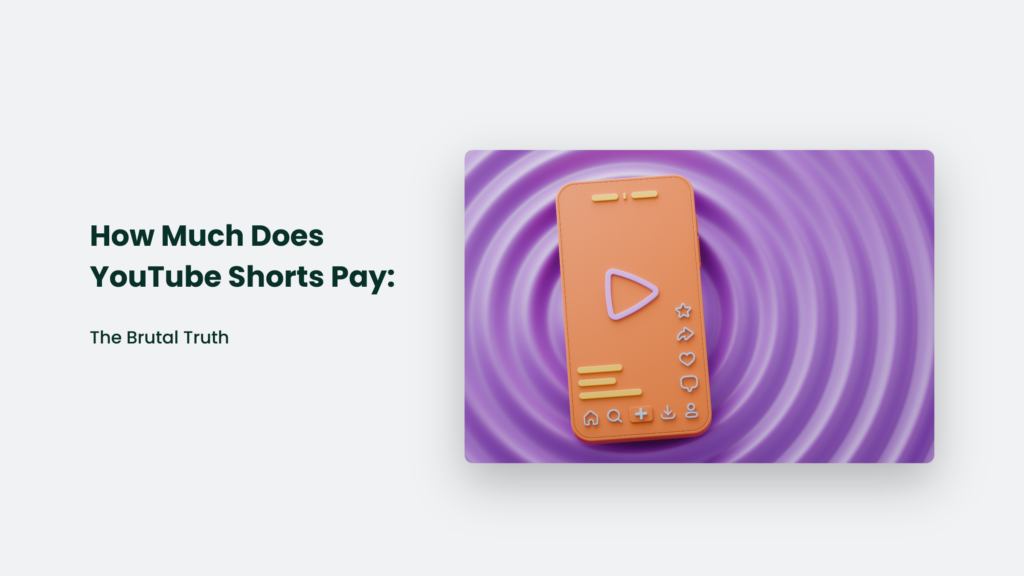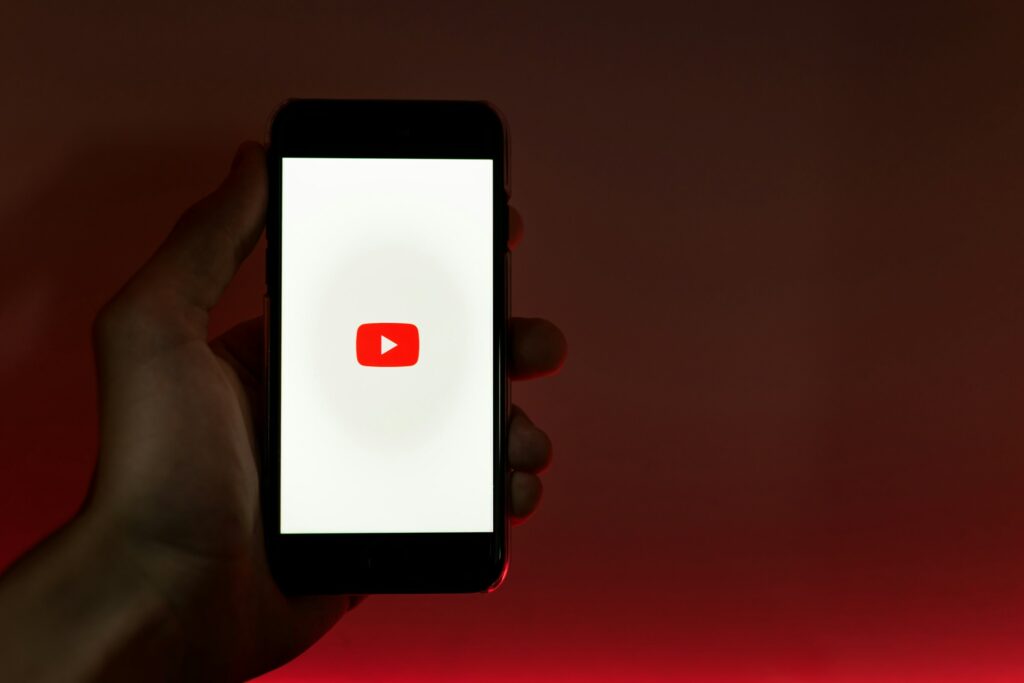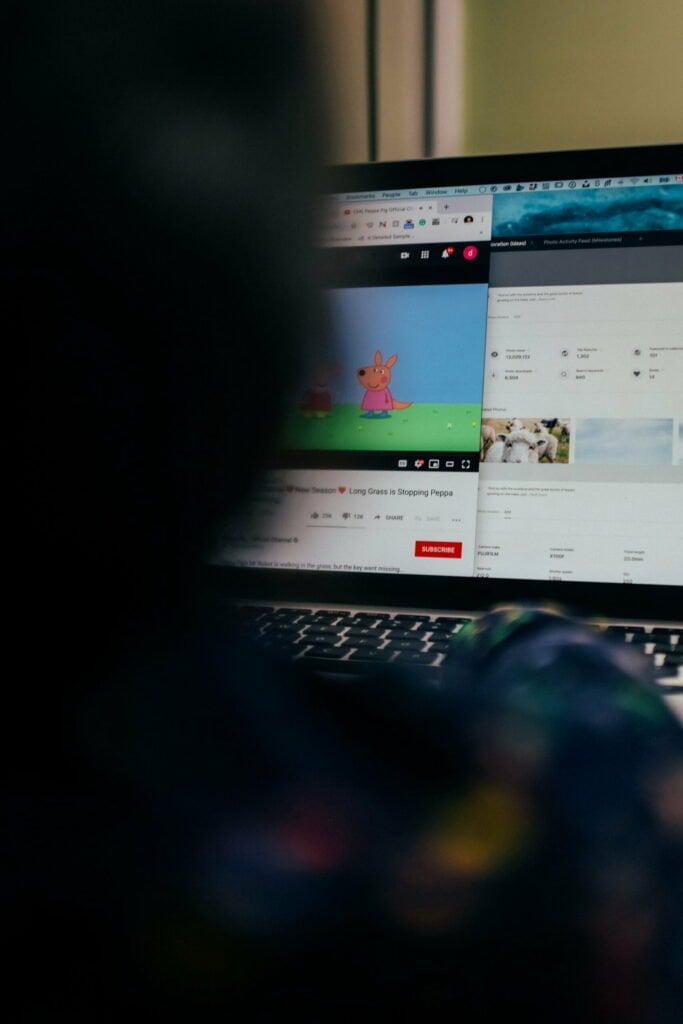Let’s cut the bullshit and dive into the cold, hard reality of YouTube Shorts pay. If you’re dreaming of making it rain with those 60-second vertical videos, you might want to grab a raincoat and an umbrella because the forecast is looking pretty damn dry. So, how much does YouTube shorts pay, you ask? Let’s find out.

The Cold, Hard Numbers: How Much Does YouTube Shorts Pay
Here’s the truth bomb: YouTube Shorts pays between $0.01 to $0.06 per 1,000 views. Yeah, you read that right. You can afford a fancy coffee if you’re lucky enough to hit a million views. Maybe.
To put this in perspective:
- 1 million views = $10 to $60
- 10 million views = $100 to $600
- 100 million views = $1,000 to $6,000
Why YouTube Shorts Pay Is So Damn Low
You might be wondering, “Why the hell is the pay so low?” Well, buckle up, buttercup. It’s time for a reality check.
The Revenue Pool Is Shallow
YouTube pools all the ad revenue from Shorts and divides it among creators. It’s like a shitty version of socialism, where everyone gets a piece of the pie, but the pie is a stale cracker.
Music Licensing Eats Your Lunch
If you use music in your Shorts (and let’s face it, who doesn’t?), YouTube has to pay the piper. Literally, up to 50% of the revenue can go to music licensing. So, if you thought your slice of the pie was small before, now it’s microscopic.
YouTube Takes Its Cut
After all that, YouTube takes 55% of what’s left. Because hosting your 60-second masterpiece is expensive.
How to Actually Make Money with YouTube Shorts:
Let’s face it: YouTube Shorts pay doesn’t make you rich overnight. But don’t throw in the towel just yet. There are ways to turn those bite-sized videos into a tasty revenue stream. Here’s how to squeeze every last penny out of your Shorts game.
Use Shorts as a Funnel to Long-Form Content
Think of Shorts as the appetizer to your main course of long-form content. Here’s why this strategy works:
The Numbers Don’t Lie
Long-form videos can earn you $1 to $20 per 1,000 views. Compare that to Shorts’ measly $0.01 to $0.06 per 1,000 views, and you’ll see why funneling viewers to your longer content is crucial.
How to Make It Work
- Create Teasers: Use Shorts to preview longer videos, leaving viewers hungry for more.
- Add Clear CTAs: Tell viewers exactly where to find your full-length content.
- Create Series: Make Shorts that are part of a larger story, with the full version available in your long-form content.
Leverage Your Audience for Brand Deals
Once you’ve built a following, you have a valuable asset that brands want to tap into.
The Influencer Marketing Goldmine
According to Semrush, influencer marketing on YouTube is booming:
- YouTube is the second most popular platform for influencer marketing after Instagram.
- Collaborations with social media creators are 4x more effective than traditional celebrity partnerships.
Strategies for Attracting Brand Deals
- Showcase Your Niche: Brands look for influencers who align with their target audience.
- Engage Your Audience: High engagement rates are more attractive to brands than raw follower counts.
- Create a Media Kit: Highlight your audience demographics, engagement rates, and previous successful collaborations.
Sell Your Own Products
Why promote someone else’s stuff when you can push your own?
The Power of Merch and Digital Products
- Merch: T-shirts, mugs, phone cases – the sky’s the limit.
- Digital Products: Courses, e-books, or exclusive content.
- Services: Coaching, consulting, or personalized video messages.
Making It Work with Shorts
- Showcase Products: Use Shorts to demonstrate your products in action.
- Limited Time Offers: Create urgency with special deals exclusive to your Shorts viewers.
- Behind-the-Scenes: Give sneak peeks of your product creation process to build anticipation.
Cross-Promote Across Platforms
Don’t put all your eggs in the YouTube basket.
The Multi-Platform Approach
According to Brandwatch, YouTube Shorts can be easily repurposed across platforms like TikTok, Instagram Reels, and Facebook Stories. It maximizes your content investment and extends your reach.
Strategies for Cross-Platform Success
- Tailor Content: Adjust your Shorts slightly for each platform’s unique audience.
- Use Platform-Specific Features: Take advantage of each platform’s unique tools and trends.
- Consistent Branding: Maintain a cohesive brand image across all platforms to build recognition.
Optimize for YouTube’s Algorithm
Make the algorithm work for you, not against you.
The Secret Sauce
- Optimal Length: Aim for around 34 seconds, which is reported to be the sweet spot for Shorts performance.
- Strong Hooks: Grab attention in the first few seconds to improve retention rates.
- Consistent Posting: Regular uploads keep your audience engaged and signal to YouTube that you’re an active creator.
The Bottom Line: Think Beyond Ad Revenue
While YouTube Shorts’ direct pay might be underwhelming, the real value lies in how you leverage the format to build your brand and diversify your income streams. Success on YouTube isn’t just about view counts—it’s about creating a sustainable business model around your content.
Remember, Rome wasn’t built in a day, and neither is a successful YouTube channel. Stay consistent, keep innovating, and don’t be afraid to pivot your strategy as you learn what works best for your audience.
Frequently Asked Questions:
Can I use copyrighted music in my Shorts?
Yes, but be aware that using copyrighted music can affect your monetization. Up to 50% of your revenue might go to music licensing.
How often should I post Shorts?
Consistency is key. Aim for at least 3-4 Shorts per week, but don’t sacrifice quality for quantity.
Can I turn my long-form videos into Shorts?
Absolutely! Repurposing content is a smart strategy. Just make sure to optimize the format for vertical viewing and quick consumption.




